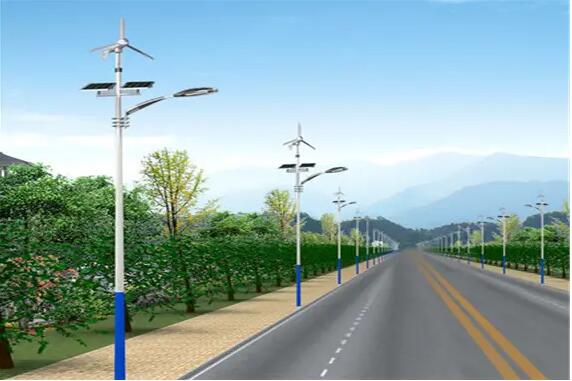Solar lighting
Do Solar Lights Charge on Rainy Days
Are you curious if solar lights can charge on rainy days? It can be a great way to light up your yard while saving energy. This blog article will discuss the surprising answer to this question and more. We’ll cover how solar lights work, the benefits and drawbacks of solar lights, different types of solar lights, how to choose and install solar lights, and tips for maximizing your solar lighting.
Solar lighting is becoming increasingly popular for residential and commercial use. Many people are drawn to solar lights for their energy efficiency, environmental friendliness, and low-maintenance needs. But one of the most common questions is whether solar lights can charge on rainy days. While the answer may surprise you, you should know many other aspects of solar lights before you choose to install them.
Before we answer the question about charging on rainy days, let’s better understand how solar lights work. Solar lights are powered by solar panels that convert sunlight into electricity. This electricity is stored in a battery to power the lights. The solar panels are usually mounted on top in the morning, absorbing sunlight during the day and storing it in the storm. When it gets dark, the sensor in the solar light will detect the change in light levels and turn the lights on.
When it rains, the solar panels may need to absorb more sunlight, so the battery will only be able to store enough energy to keep the lights on for a short time. This is why it is essential to understand how much sunlight your solar lights will be exposed to when you install them. If you install them in a place where they receive direct sunlight most of the day, they should be able to charge even on rainy days.
Can Solar Lights Charge on Rainy Days?
Now that you know how solar lights work, it’s time to answer the question: Can they charge on rainy days? The answer is yes, solar lights can charge on rainy days, but it depends on the sunlight they are exposed to. If they are installed in a place where they receive direct sunlight most of the day, they should be able to charge even on rainy days.
However, if your solar lights are installed where they don’t get direct sunlight or if the clouds are blocking most of the sunlight, then your solar lights may not be able to charge on rainy days. You may need to install extra batteries or a backup power source to keep your lights working.
Benefits and Drawbacks of Solar Lights
Now that you know the answer to solar light charging on rainy days let’s discuss the benefits and drawbacks of solar lights. Solar lights are a great way to light up your yard or garden without needing electricity. They are also energy-efficient, environmentally friendly, and low-maintenance.
However, there are some drawbacks to solar lights. They are typically more expensive than traditional lighting and may need more light for large areas. Additionally, solar lights may not be able to charge on rainy days if they are not installed in a place where they receive direct sunlight.
Different Types of Solar Lights
Now that you know the benefits and drawbacks of solar lights, let’s discuss the different types. Solar lights come in a variety of styles, sizes, and colors. Some popular solar lights are spotlights, path lights, string lights, and security lighting. Each type of solar light has unique advantages and disadvantages, so you should consider your needs before choosing which type is correct.
How to Choose and Install Solar Lights
Once you have chosen the type of solar lights you want to install, you need to decide where to place them. You should select an area that receives direct sunlight during the day, as this will help ensure that your lights can charge on rainy days. Additionally, you should consider the size and shape of your space and pick lights that are suitable for the area.
Once you have chosen the location for your solar lights, you need to install them. This can be a relatively straightforward process, depending on the type of lights you have chosen. Most solar lights come with detailed installation instructions, so read them before you begin.
Tips for Maximizing Your Solar Lighting
Now that you have chosen and installed your solar lights, here are some tips for maximizing your solar lighting:
- Make sure to clean your solar panels regularly to ensure they can absorb as much sunlight as possible.
- Check your solar lights regularly to ensure they are working correctly.
- It will help if you keep your lights in an area where they will receive direct sunlight during the day to help ensure they can charge on rainy days.
Solar lights are a great way to light up your yard or garden without needing electricity. They are energy-efficient, environmentally friendly, and low-maintenance. But one of the most common questions is whether solar lights can charge on rainy days. The answer is yes, solar lights can charge on rainy days, but it depends on the sunlight they are exposed to. If they are installed in a place where they receive direct sunlight most of the day, they should be able to charge even on rainy days.
When choosing and installing your solar lights, consider the size and shape of your space and pick lights that are suitable for the area. Keep your lights in a place where they will receive direct sunlight during the day, and clean your solar panels regularly to ensure they can absorb as much sunlight as possible. These tips will help you maximize your solar lighting and ensure your lights can charge on rainy days.


